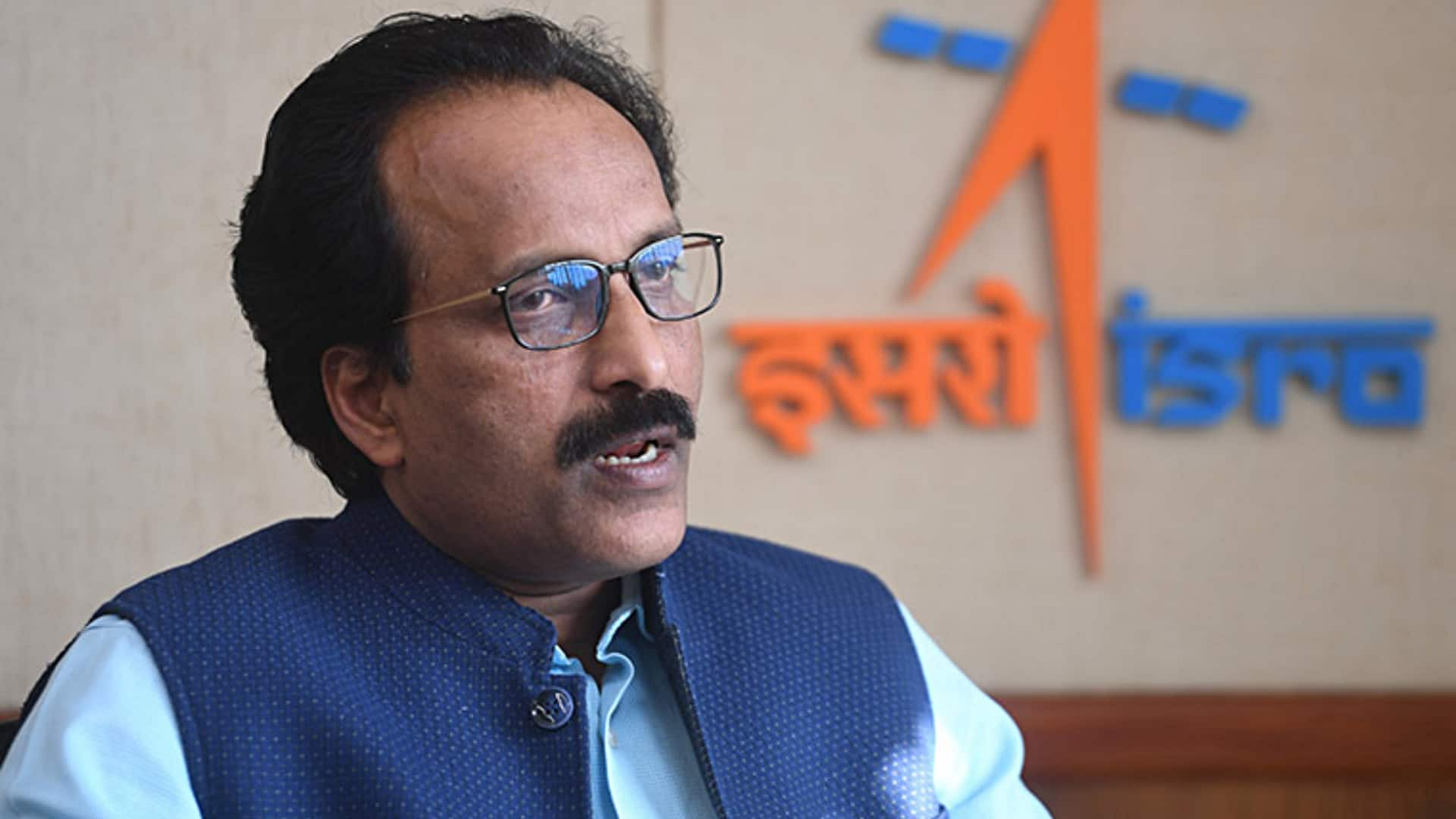
ISRO chief S Somanath reveals Chandrayaan-4 mission details
What's the story
ISRO chief S Somanath has shared details about India's upcoming lunar exploration mission, Chandrayaan-4, in a recent address at the National Space Science Symposium. Set for completion in 2027, the mission is still awaiting approval and aims to collect lunar samples. While discussing advancements surrounding Chandrayaan-4, Somanath has also offered insights into hurdles that render this endeavor exceptionally challenging. He also emphasized the importance of teamwork for the success of the mission.
Key challenges
What are the obstacles?
Somanath highlighted four main challenges for the Chandrayaan-4 mission. The mission needs multiple launchers for return and re-entry to Earth, as opposed to the single-phase launch of Chandrayaan-3. It requires a docking capability, in Earth or Moon's orbit. Robotic drilling and sample handling are crucial, requiring robots to operate drills, select samples, and load them securely. Scientific advancements would mean going beyond remote sensing and in-situ observations to bring lunar samples back for thorough lab analysis.
Advancements
Mission status and distinguishing features
The ISRO chief explained that India is working on a concept to collect diverse lunar samples and bring them back for further study. The mission involves intricate planning and collaboration between rocket and satellite experts. The presentation also discussed two launch vehicle options like PSLV and LVM3 and showcased five spacecraft modules/payloads: Re-entry Module (RM), Transfer Module (TM), Ascender Module (AM), Descender Module (DM), and Propulsion Module (PM). For reference, the Chandrayaan-3 mission included lander module, rover, and propulsion module.